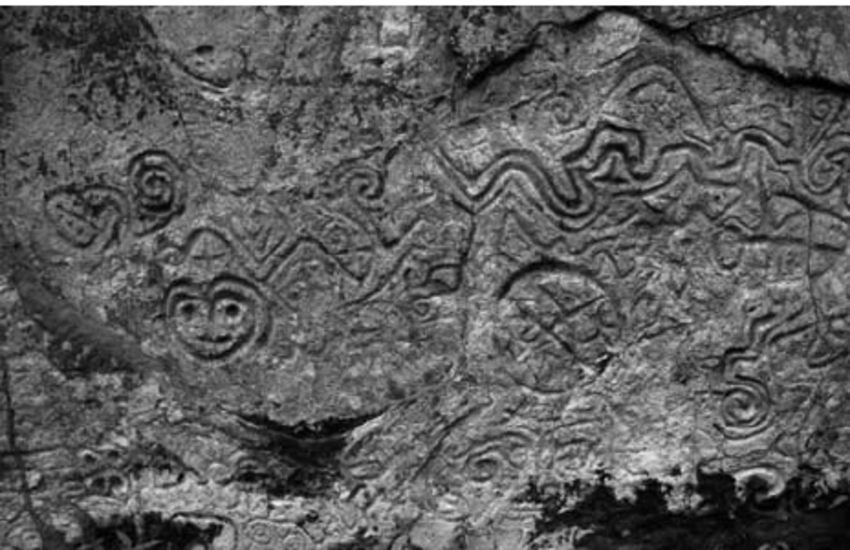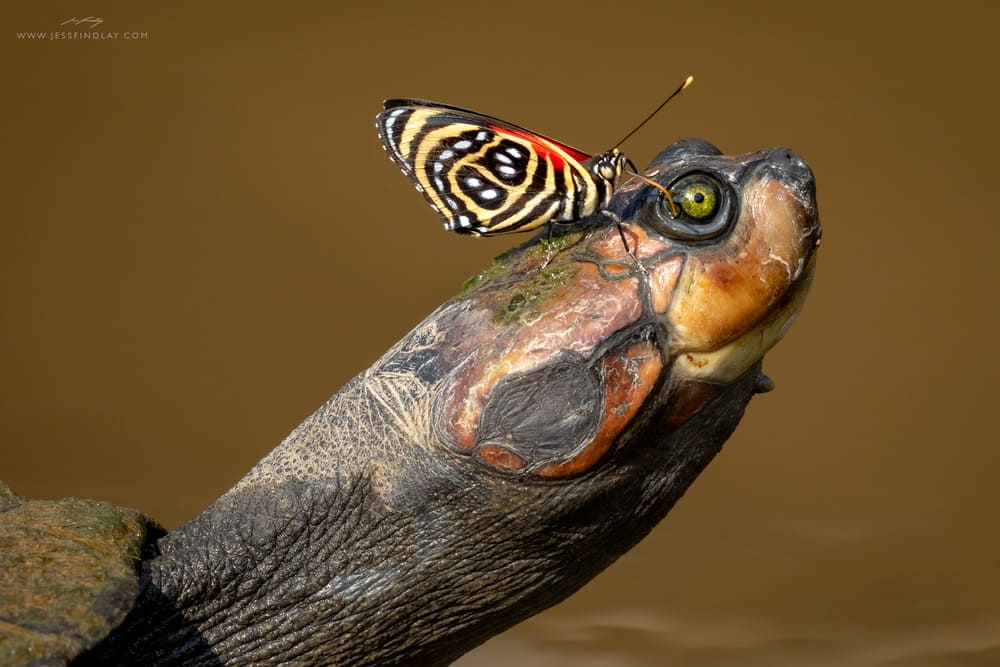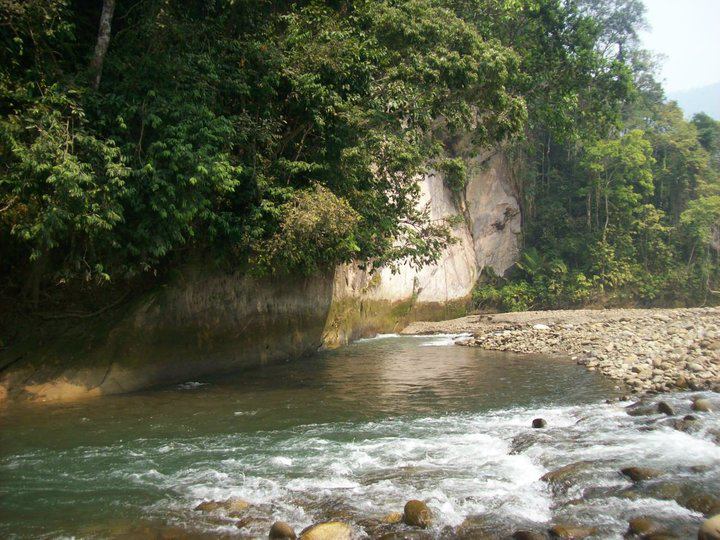Manu Petroglyphs Of Pusharo Itinerary – 6 Days
The Manu Petroglyphs Of Pusharo – A Mysterious Pre-Columbian Rock Art Site in Peru : Located deep in the Peruvian Amazon, the Petroglyphs of Pusharo are among the most significant examples of pre-Columbian rock art in
South America. These enigmatic carvings, etched into massive stone surfaces, are believed to hold spiritual or
astronomical meanings. The site’s remote location and mysterious origin continue to intrigue archaeologists and explorers alike, making it a key attraction for cultural and adventure tourism in the region. Manu Jungle Trips
Day 1 Tour: Cusco to Cloud Forest – Manu Petroglyphs Of Pusharo
We depart from Cusco early in the morning in our comfortable bus, traveling through mountains, scenic valleys, and rural communities. En route, we visit the Ninamarca Chullpas (ancient tombs), a remnant of the pre-Inca Lupaca culture. We then ascend to the final mountain pass, Acjanaco, the gateway to Manu National Park.
From there, we descend into the mysterious cloud forest, home to an astonishing diversity of flora and fauna. You’ll see striking epiphytes, orchids, and bromeliads. In the afternoon, we walk through the forest to observe the national
bird of Peru—the vibrant Andean Cock-of-the-Rock—performing its fascinating mating dance. With luck, we may
also spot toucans, trogons, monkeys, quetzals, and the elusive spectacled bear (Tremarctos ornatus). We spend the night at our cozy forest lodge. Manu Jungle Trips
Day 2 Tour: Manu Petroglyphs Of Pusharo- Atalaya – Villa Salvación –
We start the day early with the calls of Amazonian birds. There’s an exciting option to raft for 2 hours (Class II or III) along the Kcosñipata River, connecting to the renowned Madre de Dios River. Later, we hike through highland jungle and visit local farms cultivating coca, pineapples, and other tropical crops.
On the way to Atalaya, you’ll have opportunities to spot and photograph colorful birds and playful monkey families. After crossing the river, we continue to the town of Salvación. Manu Jungle Trips
In the afternoon, we explore the Machuwasi Lagoon for about 3 hours. Using our telescope, we’ll observe fascinating
bird species such as the hoatzin—an ancient-looking bird with unusual traits—along with hawks, herons, horned
screamers, capybaras (the world’s largest rodent), and possibly even a massive anaconda. We overnight at our comfortable Rainforest Expedition Lodge. Manu Jungle Trips
Day 3 Tour: Salvación Village – Puerto Santa Cruz –Manu Petroglyphs Of Pusharo .
After an early breakfast, we drive to Puerto Santa Cruz, a scenic two-hour journey. We check in at the Santa Cruz
ranger station to enter Manu National Park and visit the Pusharo region. From here, we continue by small wooden boat to the Palotoa campsite, after coordinating with and paying the entrance fee to the local indigenous community.
This day offers a chance to engage meaningfully with the region’s Indigenous cultures. The Manu rainforest is
home to various Indigenous groups, each with unique languages, agricultural techniques, traditional hunting and
fishing practices, spiritual beliefs, and medicinal knowledge—many of which have been passed down for generations.
The beautiful community of Palotoa Teparo, home to the Matsigenka people, now welcomes visitors as part of a community-based tourism initiative. Manu Jungle Trips
Day 4 Tour: Palotoa Teparo – Rainforest Expedition to the Petroglyphs
We begin our expedition early by boat, navigating a narrow, shallow river where we may need to push or walk
portions of the way. Our destination is Pongo de Meganto, a site rich with ancient rock carvings.
The Pusharo petroglyphs captivate both local and international researchers. This area is steeped in legend and is
believed to be connected to the mythical lost city of Paititi—sometimes referred to as El Dorado or the “Inca’s gold.”
To the people of Palotoa Teparo, Pusharo is part of their ancestral lands. Until recent decades, these rock carvings were visited during traditional hunting rituals in what is now protected as part of Manu National Park. Manu Jungle Trips
Day 5 Tour: Petroglyph Jungle Expedition – Palotoa Lodge
After a hearty traditional breakfast, we begin our journey back, walking through pristine primary rainforest and
enjoying refreshing swims in natural jungle pools. We stop for lunch along the Palotoa River and take time to relax in this tranquil setting.
In the afternoon, we return to the lodge and enjoy one final opportunity to spot wildlife in their natural environment
—perhaps even caimans at the river’s edge. We spend our last night in the jungle at our comfortable lodge. Manu Jungle Trips
Day 6 Tour: Return from Palotoa Lodge to Cusco
After breakfast, we begin our return trip to Cusco, once again passing through the magical cloud forest. With stops along the way to observe birdlife, we arrive back in Cusco in the late afternoon.
Note: Pusharo National Park Expedition Manu Jungle Trips
The Pusharo Petroglyphs, located in the remote southeastern Amazon of Peru, are the largest known rock art site
within Manu National Park. Still largely unexplored and rarely visited, this area offers a rare combination of cultural
heritage and biodiversity, making it a highlight for adventurous travelers and researchers alike.
















